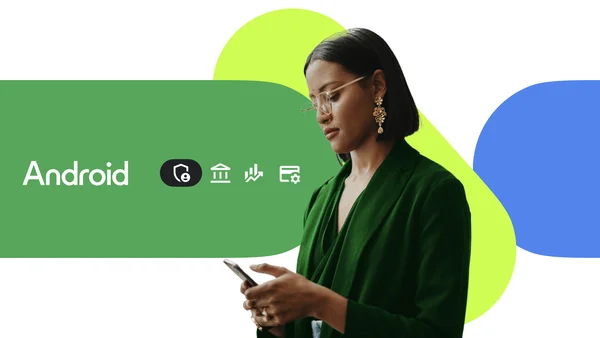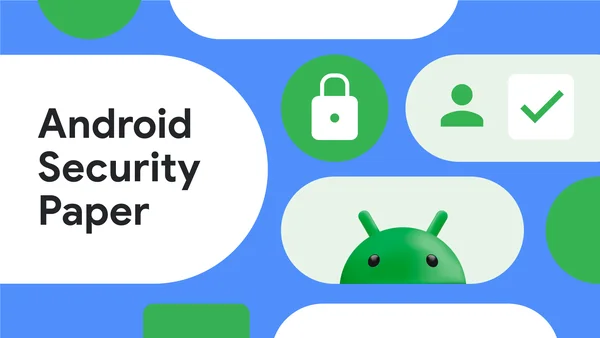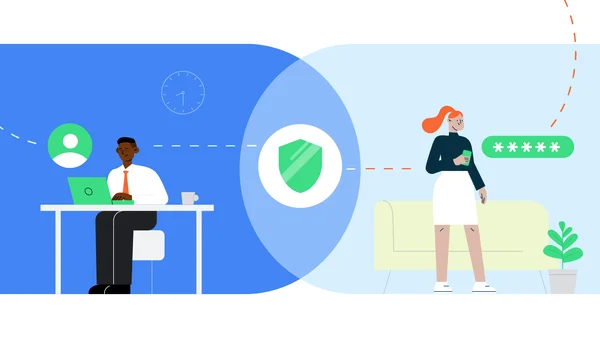 Learn how new Google AI on Android features can boost employee productivity, help developers to build smarter tools and improve business workflows.
Learn how new Google AI on Android features can boost employee productivity, help developers to build smarter tools and improve business workflows.
3 new ways to use Google AI on Android at work
 Learn how new Google AI on Android features can boost employee productivity, help developers to build smarter tools and improve business workflows.
Learn how new Google AI on Android features can boost employee productivity, help developers to build smarter tools and improve business workflows.
 Today’s post is by Travis Reeves, Systems Administrator at Amedisys, a home healthcare provider serving more than 465,000 patients in 38 U.S. states. Amedisys chose Andr…
Today’s post is by Travis Reeves, Systems Administrator at Amedisys, a home healthcare provider serving more than 465,000 patients in 38 U.S. states. Amedisys chose Andr…
 Android Enterprise helped IIFL Finance securely scale mobile device management for their 18,000 employees.
Android Enterprise helped IIFL Finance securely scale mobile device management for their 18,000 employees.
 Based on new research, we’re sharing key benefits of a mobility management solution for financial services organizations.
Based on new research, we’re sharing key benefits of a mobility management solution for financial services organizations.
 This year’s updated Android Security Paper details the platform’s latest protections.
This year’s updated Android Security Paper details the platform’s latest protections.
 Android 14 introduces advanced security, compliance and productivity features for businesses.
Android 14 introduces advanced security, compliance and productivity features for businesses.
 Android Enterprise’s Zero Trust security model helps businesses secure devices with over 100 unique trust signals.
Android Enterprise’s Zero Trust security model helps businesses secure devices with over 100 unique trust signals.
 Android Enterprise helps DoorDash manage, deploy and secure merchant tablets around the world.
Android Enterprise helps DoorDash manage, deploy and secure merchant tablets around the world.
 Get the opportunity to work with partners who have been validated by the Android Enterprise team with the Android Enterprise Partner Program.
Get the opportunity to work with partners who have been validated by the Android Enterprise team with the Android Enterprise Partner Program.